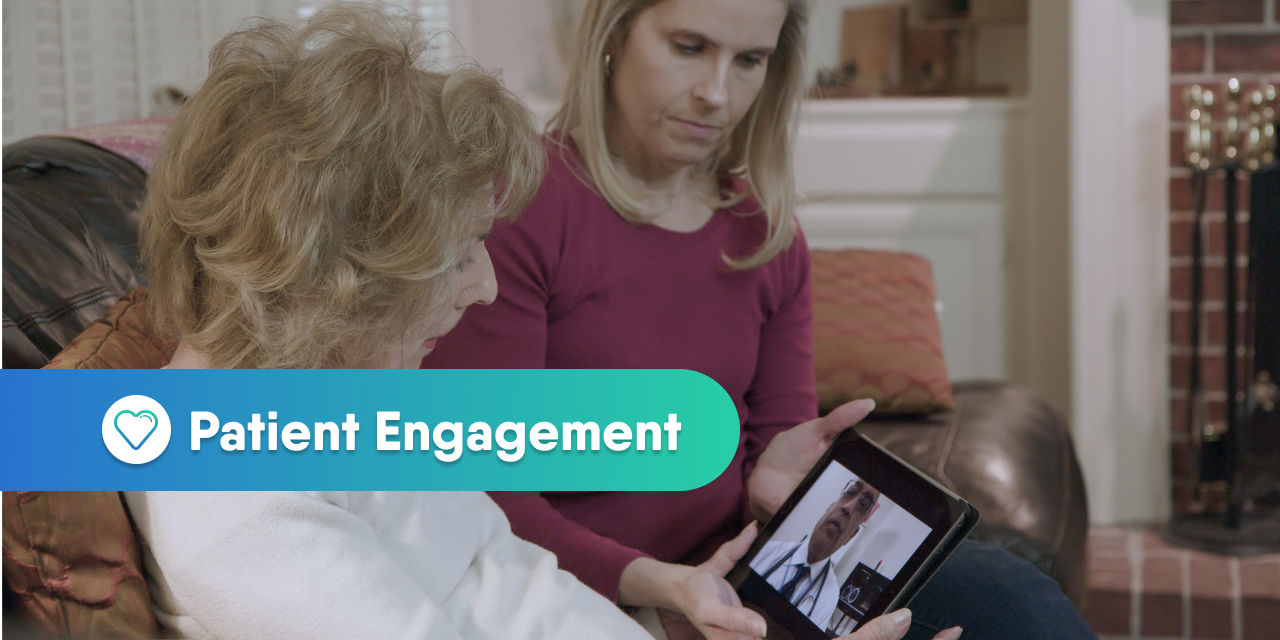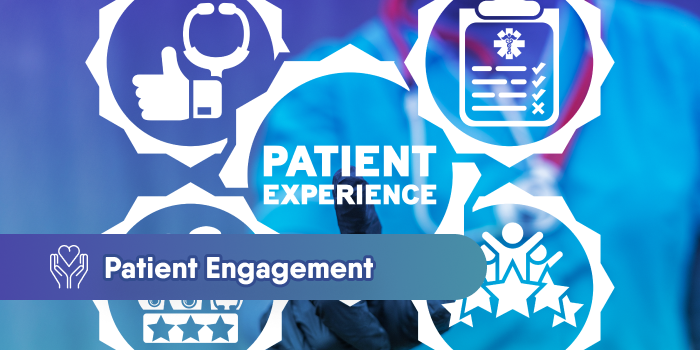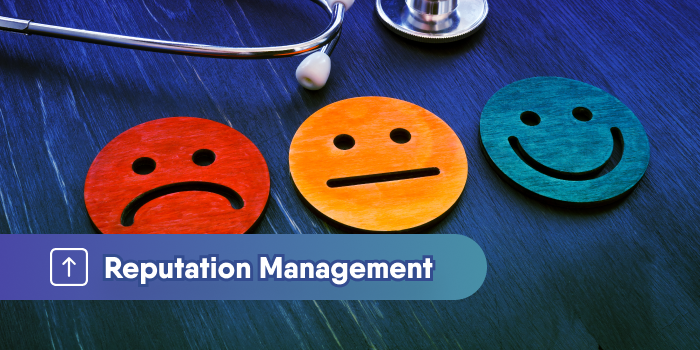Q&A: What You REALLY Need to Know about Patient Engagement Platforms
Patients who are engaged are often more active in their healthcare, which can lead to better health outcomes and overall satisfaction levels. And as...

Going to the doctor is a universal experience, and it for many people that experience is one they dread. Studies have shown that an alarming number of patients have had a negative experience with a healthcare provider.
In a digital age where it is easier than ever to share bad encounters, providing patients with a positive experience should be a goal of every healthcare provider.
There is no “one size fits all solution” to successfully engage with patients, but all healthcare providers should be examining their points of contact with patients to see if they are giving patients an experience that they will remember as a positive experience.
More Americans now own cell phones than have landlines. In fact, the majority of patients not only prefer text messages over traditional phone calls, but studies have shown that text messages are often the most effective way to reach patients.
Using a HIPAA compliant texting service allows healthcare providers to confirm appointments, send appointment reminders, solicit feedback and much more.
And unlike traditional patient portals that require patients to sign up, log in and go to a website that they don’t want to use, secure text messaging doesn’t require patients to download an app, create an account or remember a password.
Improving the way you communicate leads to patients who are more engaged with their care and result in a better overall experience.
The staff who manage check-ins and scheduling are the first point of contact for patients.
When patients complain about healthcare providers, they are often not talking about contact with physicians, but instead have negative experience with desk staff, long wait times, endless forms to fill out, problems scheduling appointments, or billing problems.
You can easily improve the patient experience by making sure patients have an easy way to book appointments and coordinate schedule changes through their phone. Patient Engagement apps can streamline appointment scheduling communication and booking.
Once a patient arrives for their appointment, make sure that waiting times are kept to a minimum, and that paperwork that they must fill out is not duplicative and kept to a minimum. Patient Engagement apps like Curogram not only enable scheduling coordination through 2-way texting, but they can also streamline the patient form collection process by texting patients mobile friendly forms ahead of time.
Making a first impression is important and if you aren’t making the right first impression, patients may be tempted to look for other options that are more convenient.
Hand-in-hand with an emphasis on improving patient experience is seeking out feedback from patients to get their perspective on the patient-provider experience.
Getting feedback from patients is important to recognize the areas where you are meeting or exceeding their expectations and the areas where your practice can do better.
But most patients don’t have the time or inclination to spend time filling out endless forms after a visit. Providing an easy way for patients to give feedback, such as texting them a link to a survey that can be completed instantly, can greatly boost engagement.
As a further benefit, you can follow-up with those who gave positive feedback to turn that feedback into Google, Yelp, or Healthgrades reviews, helping boost your online reputation.
Tools like Curogram make this process easy and painless.
While there is no “silver bullet” that can make the patient experience perfect, using these tips will help your practice leave a positive impression.

Patients who are engaged are often more active in their healthcare, which can lead to better health outcomes and overall satisfaction levels. And as...

A firm grasp of the patient experience gives healthcare professionals (HCPs) a better chance at delivering patient-centered care. Moreover, listening...

One of the factors that show you care about your patients is asking the right questions. Today, learn five of the main questions you should ask to...